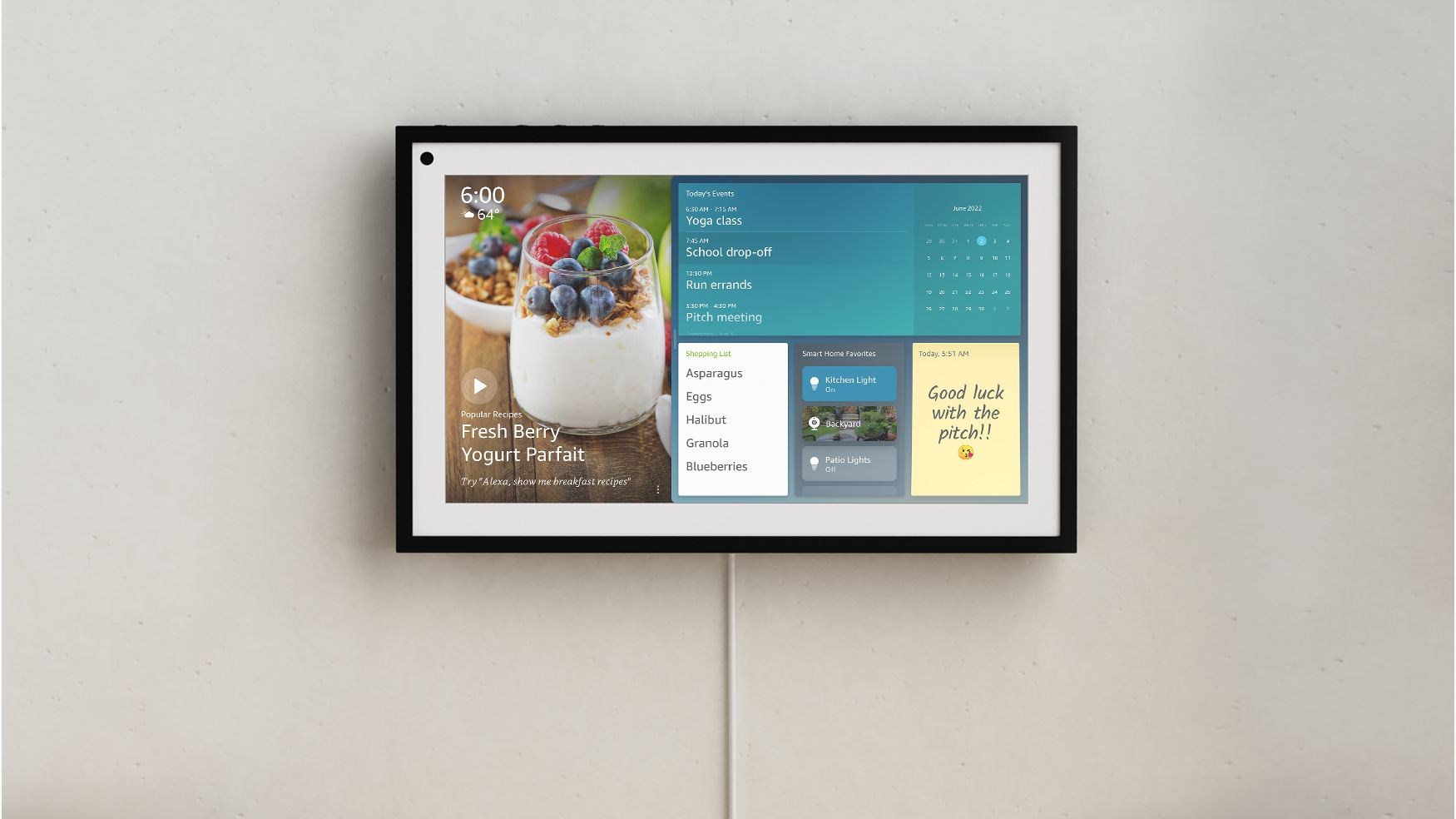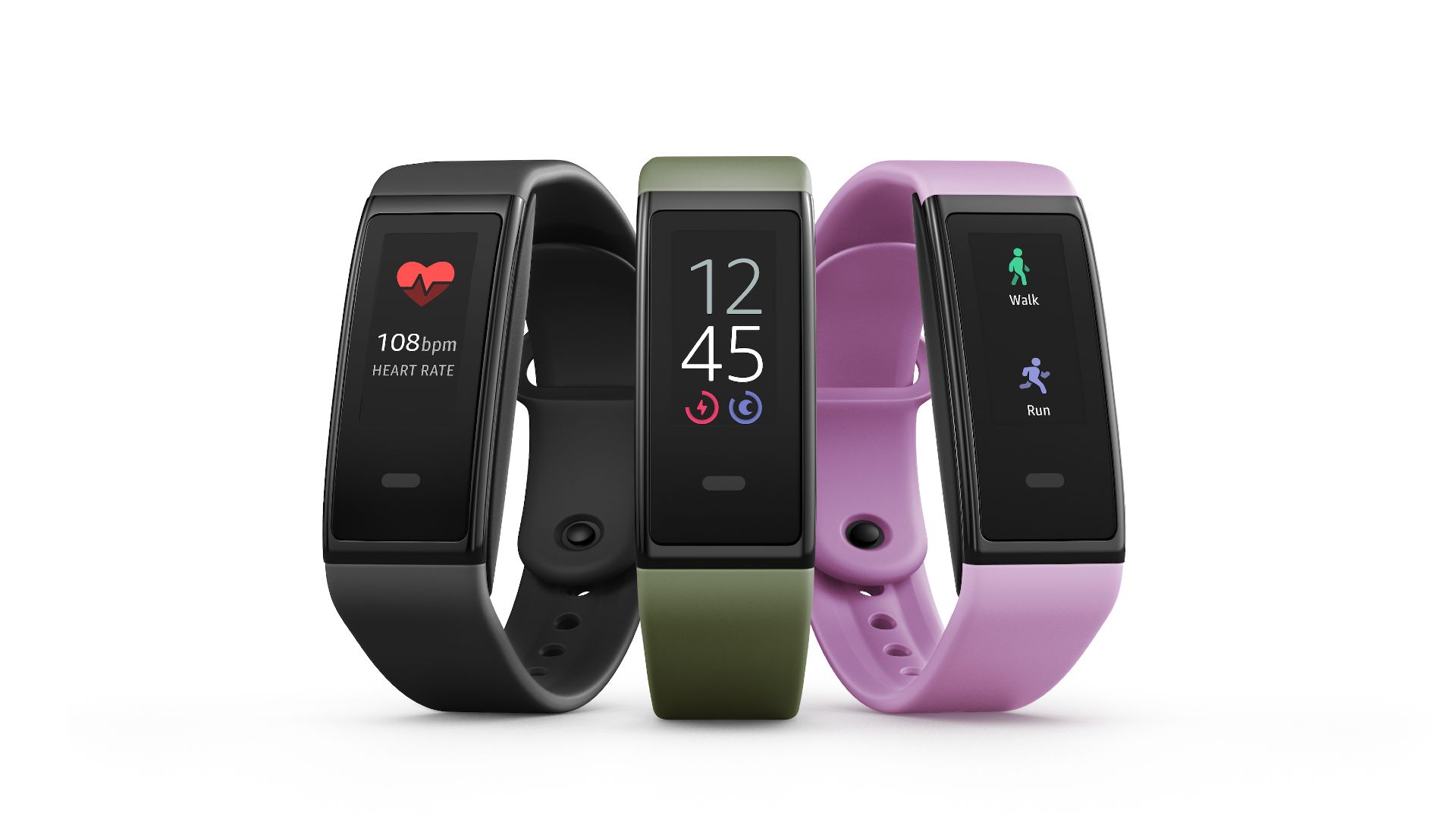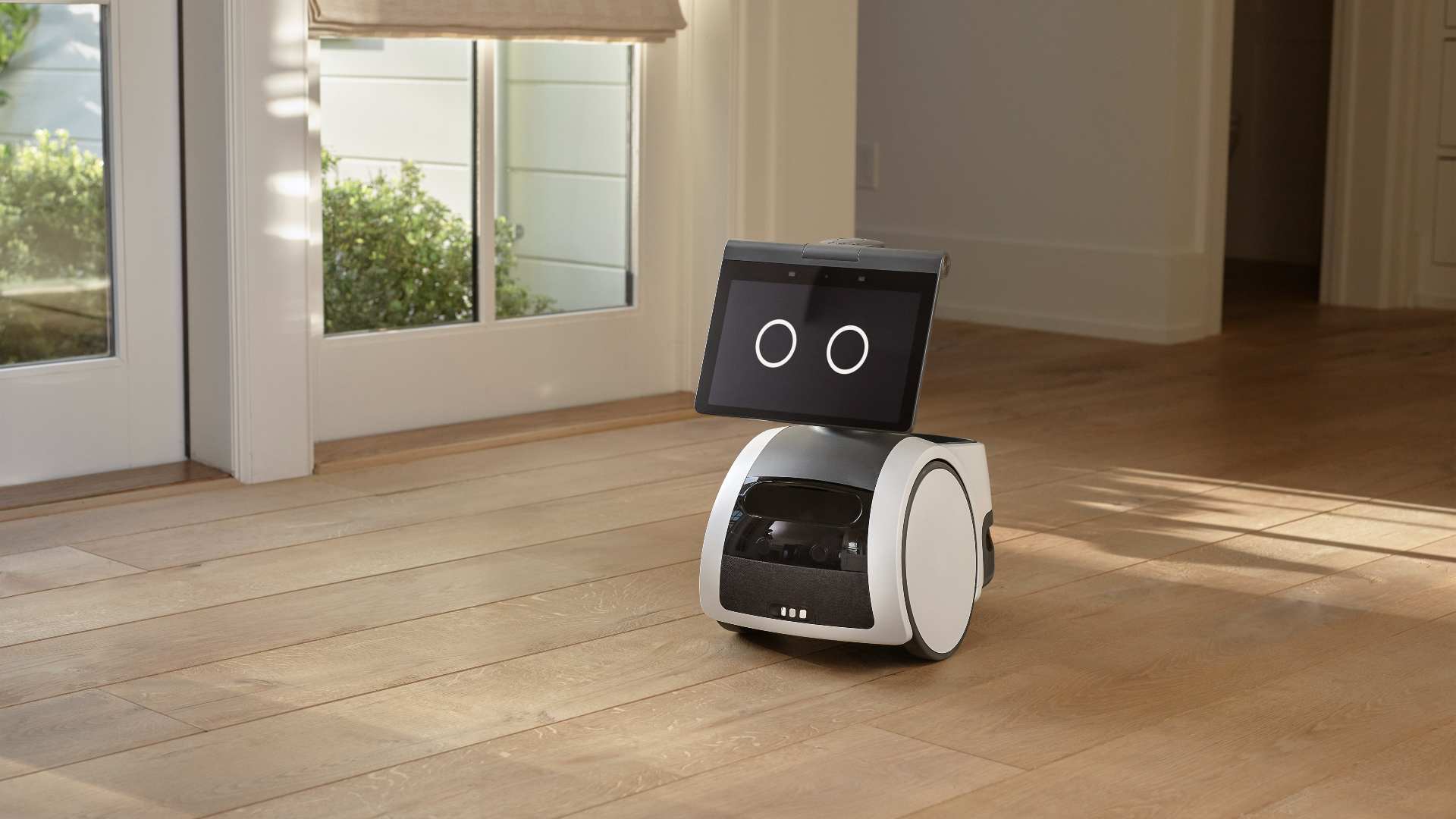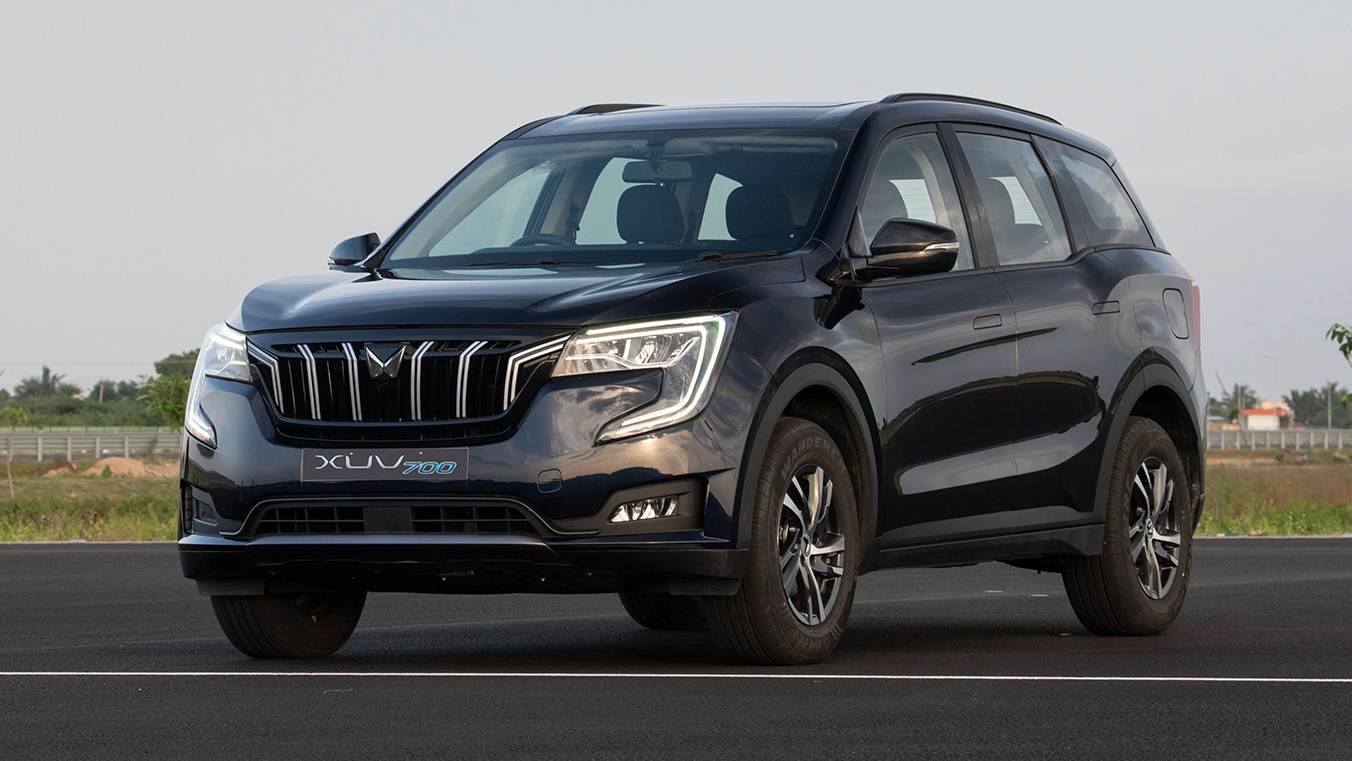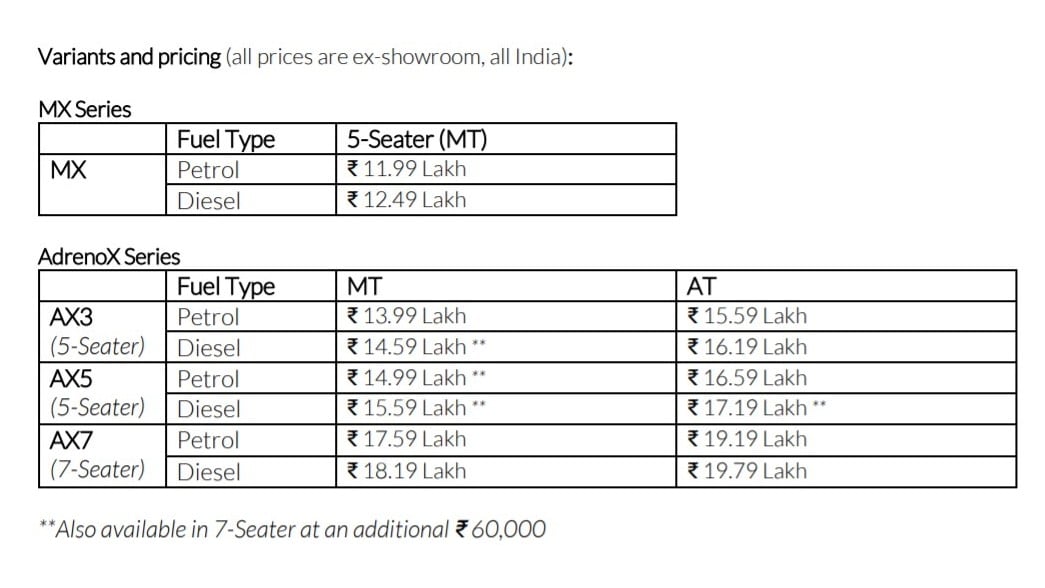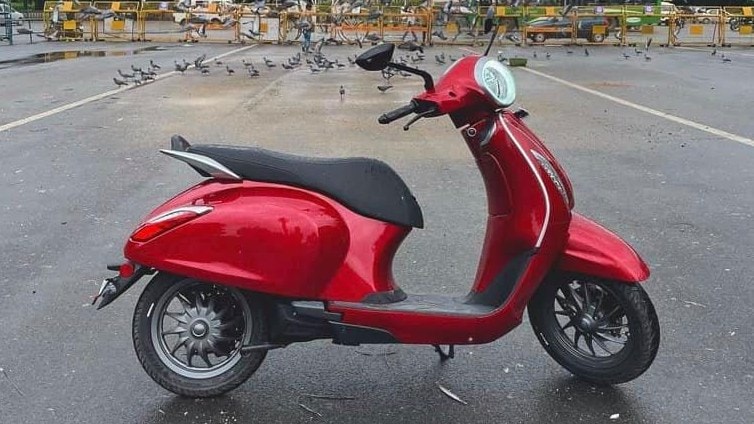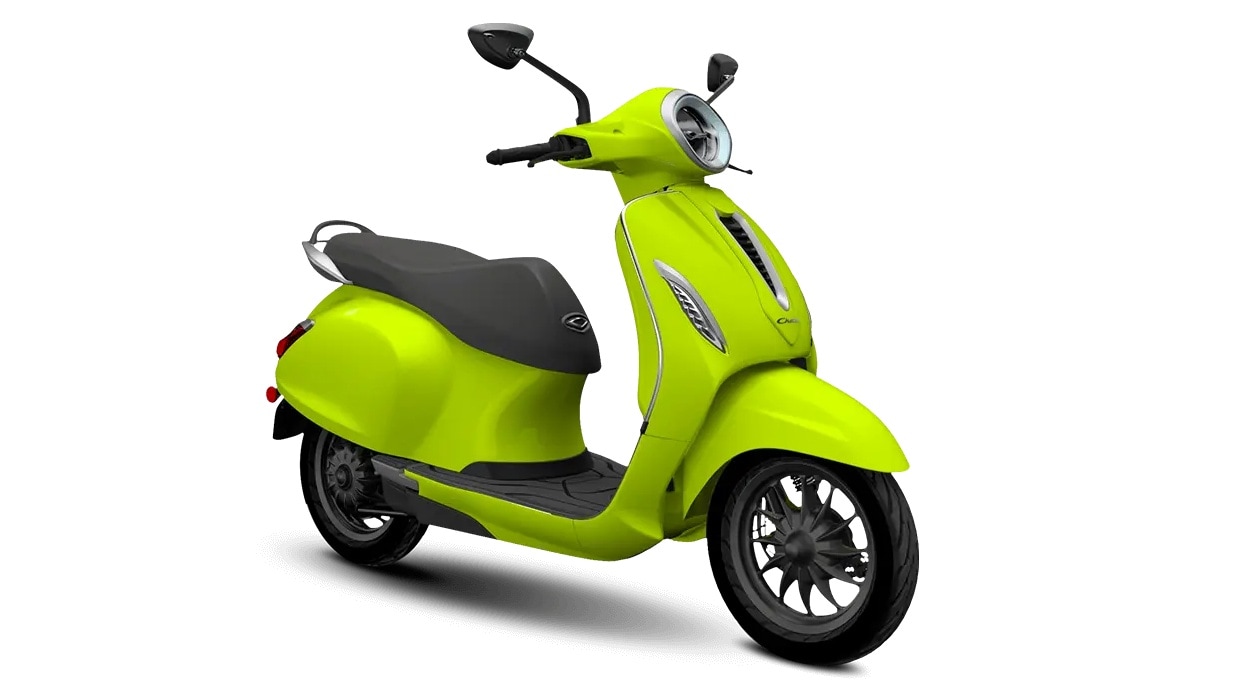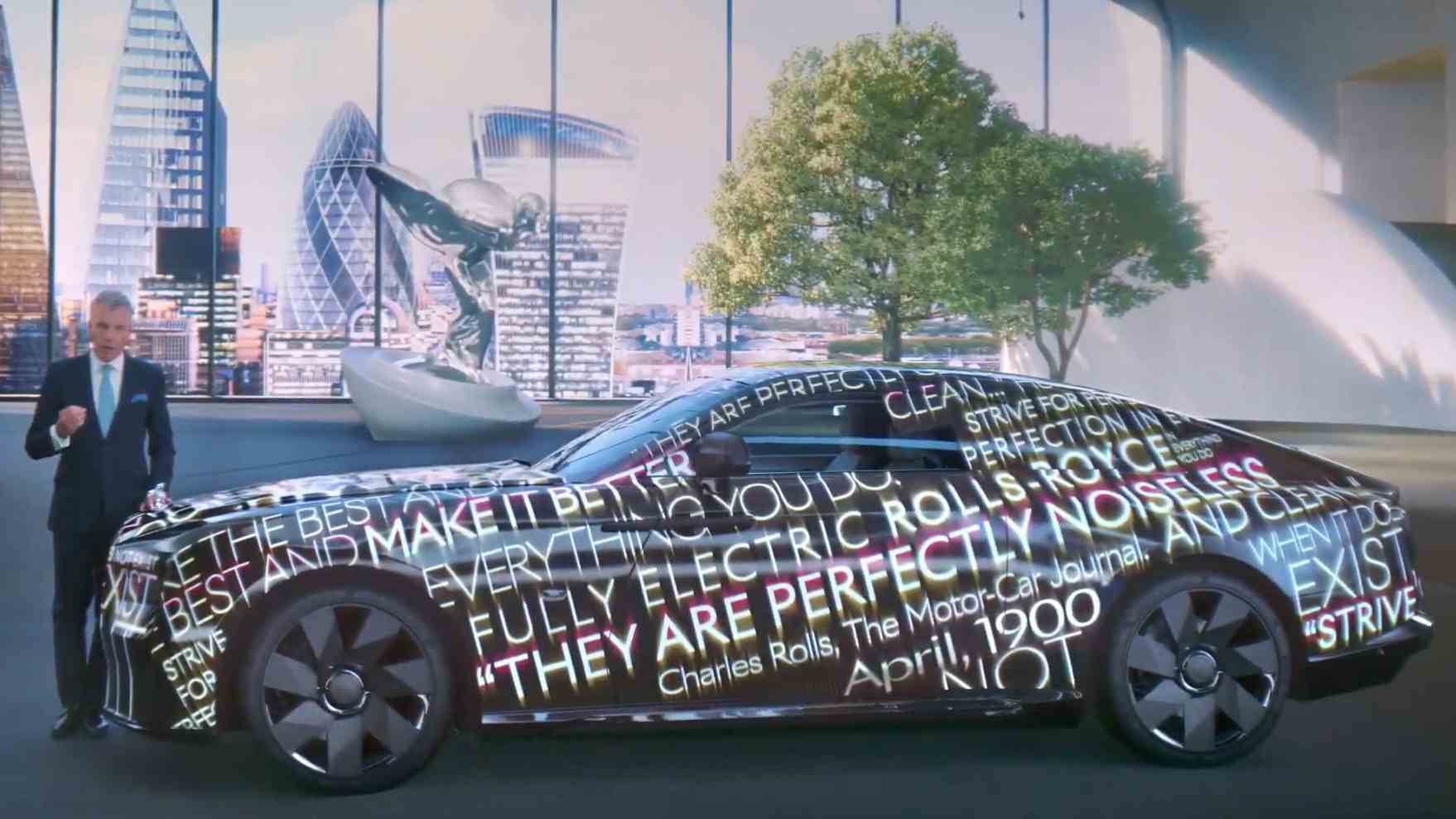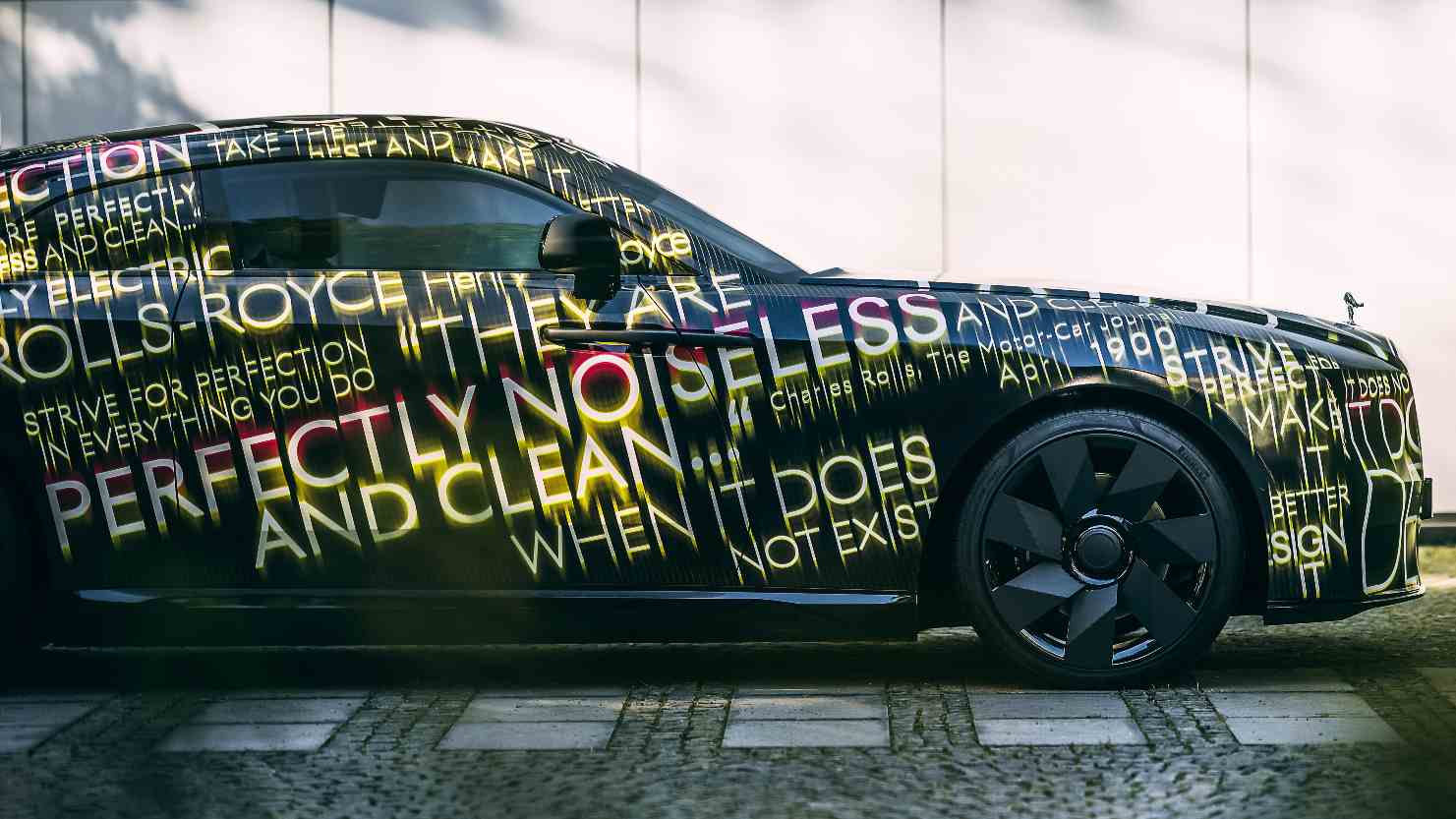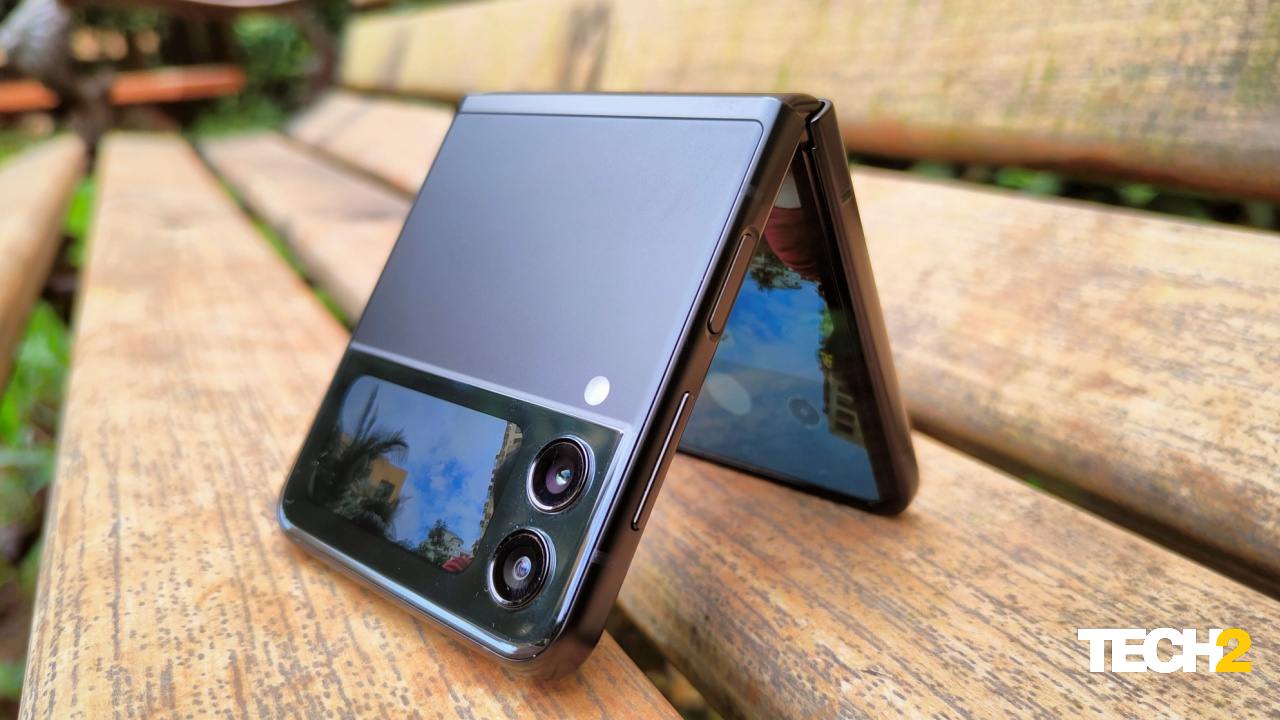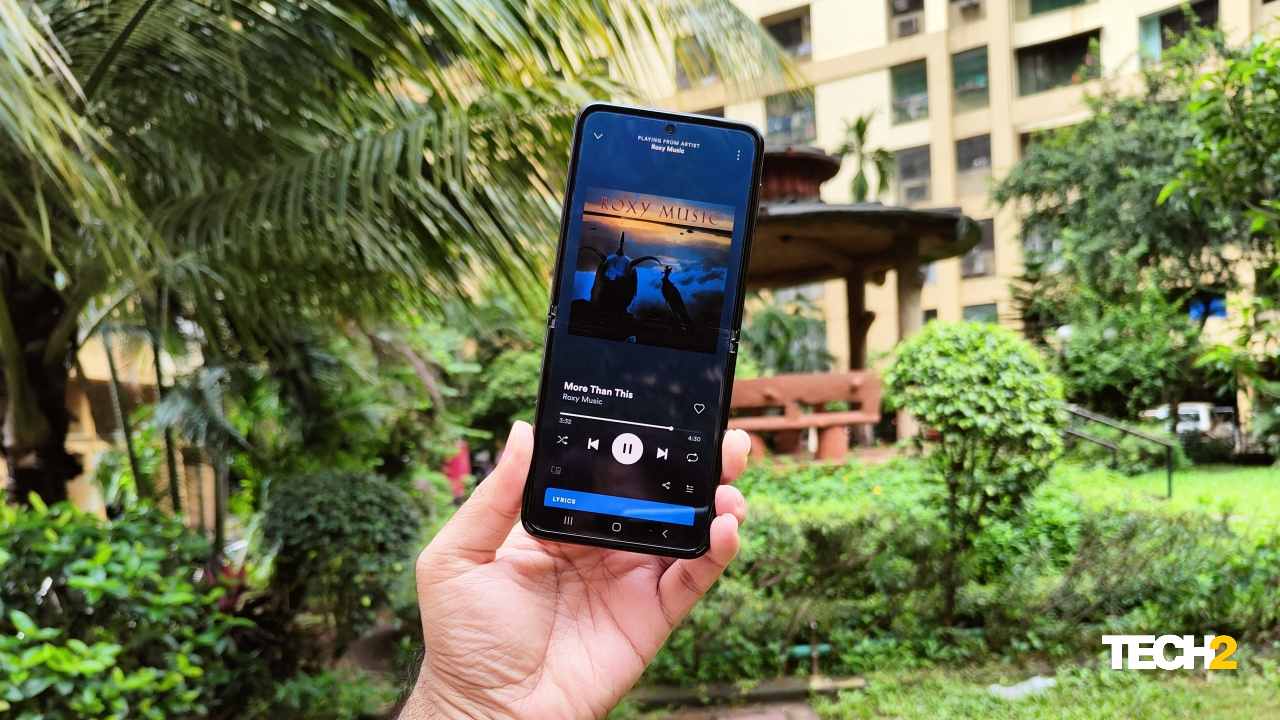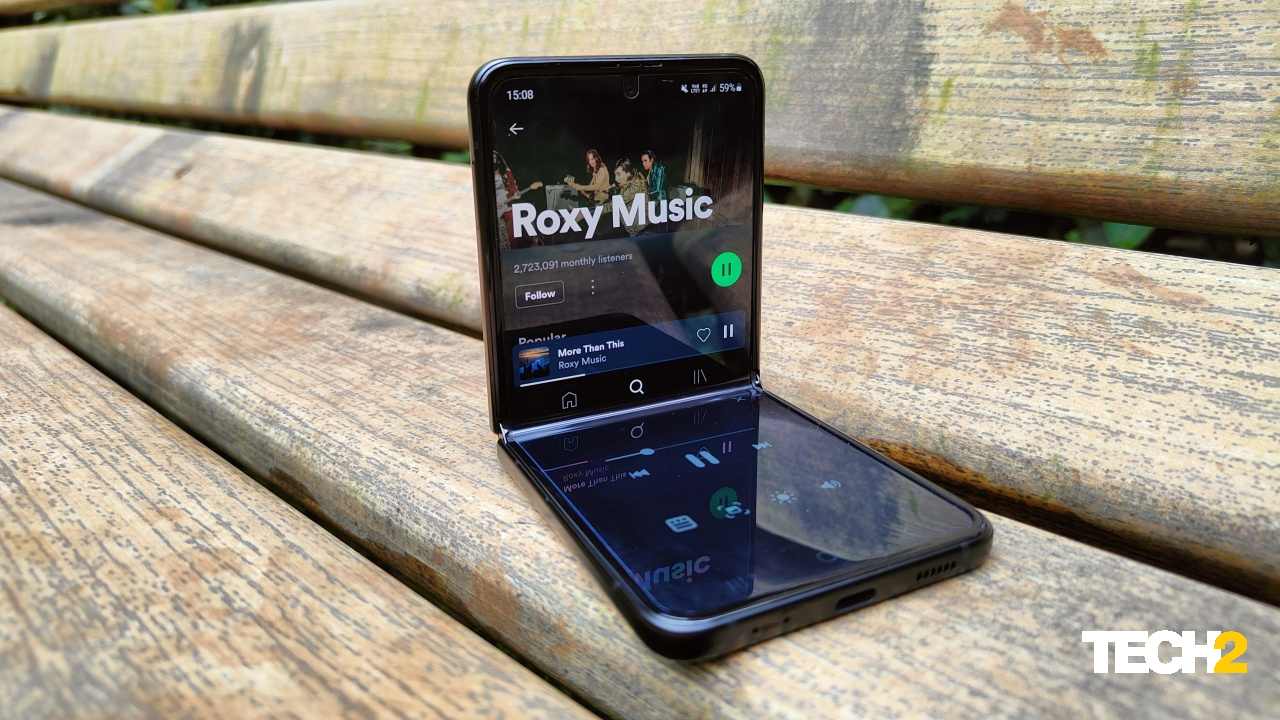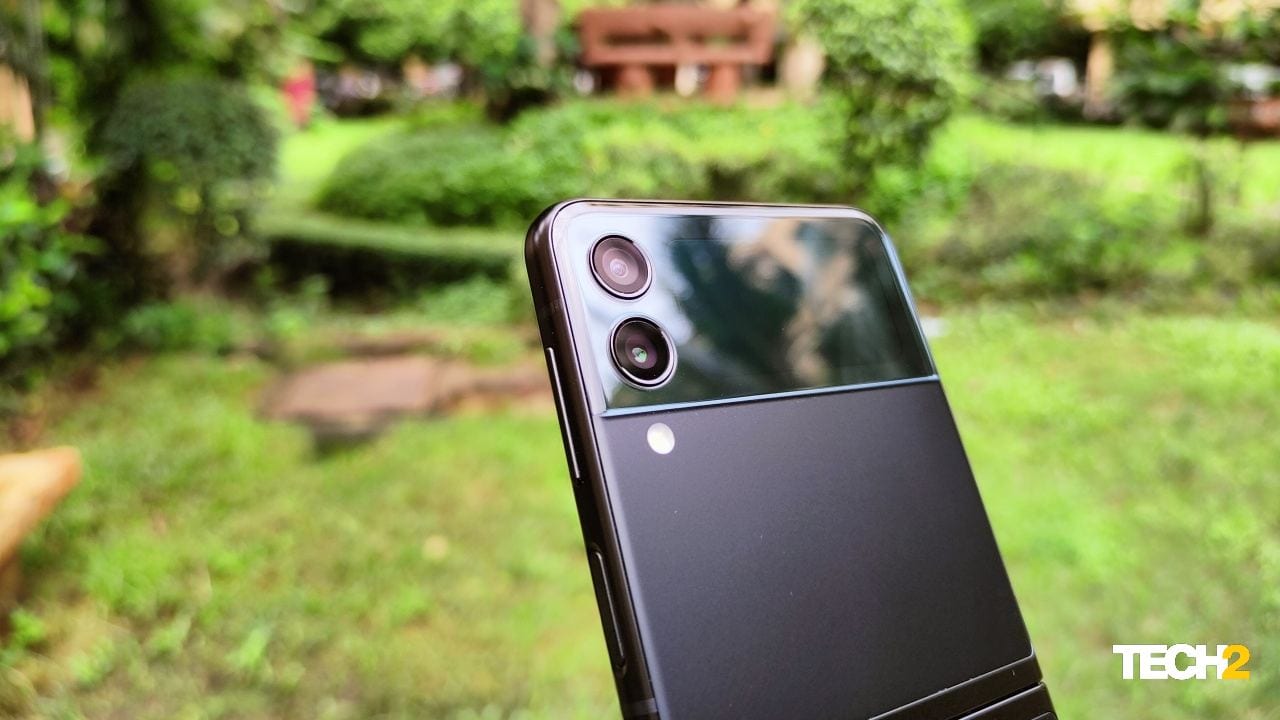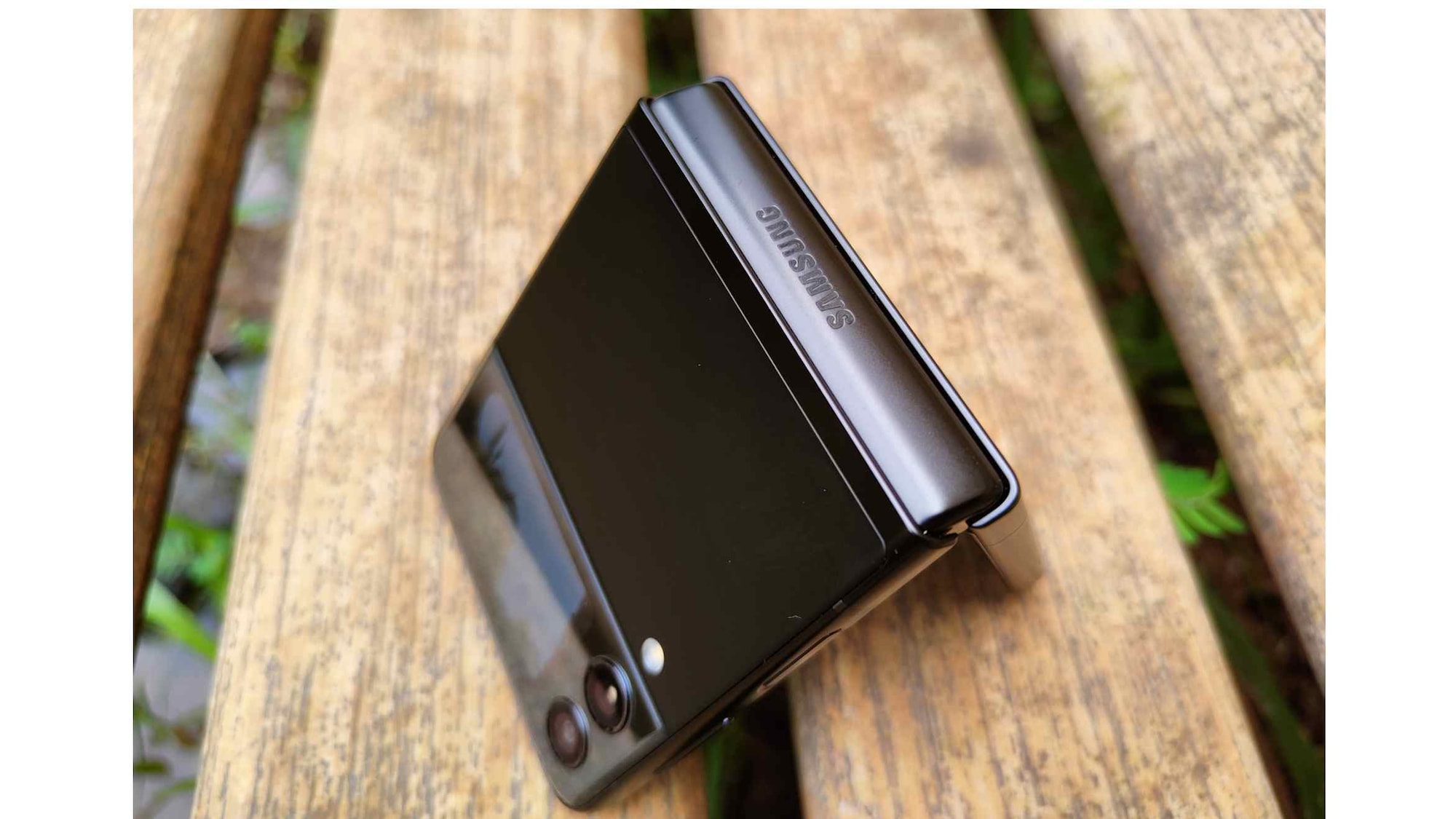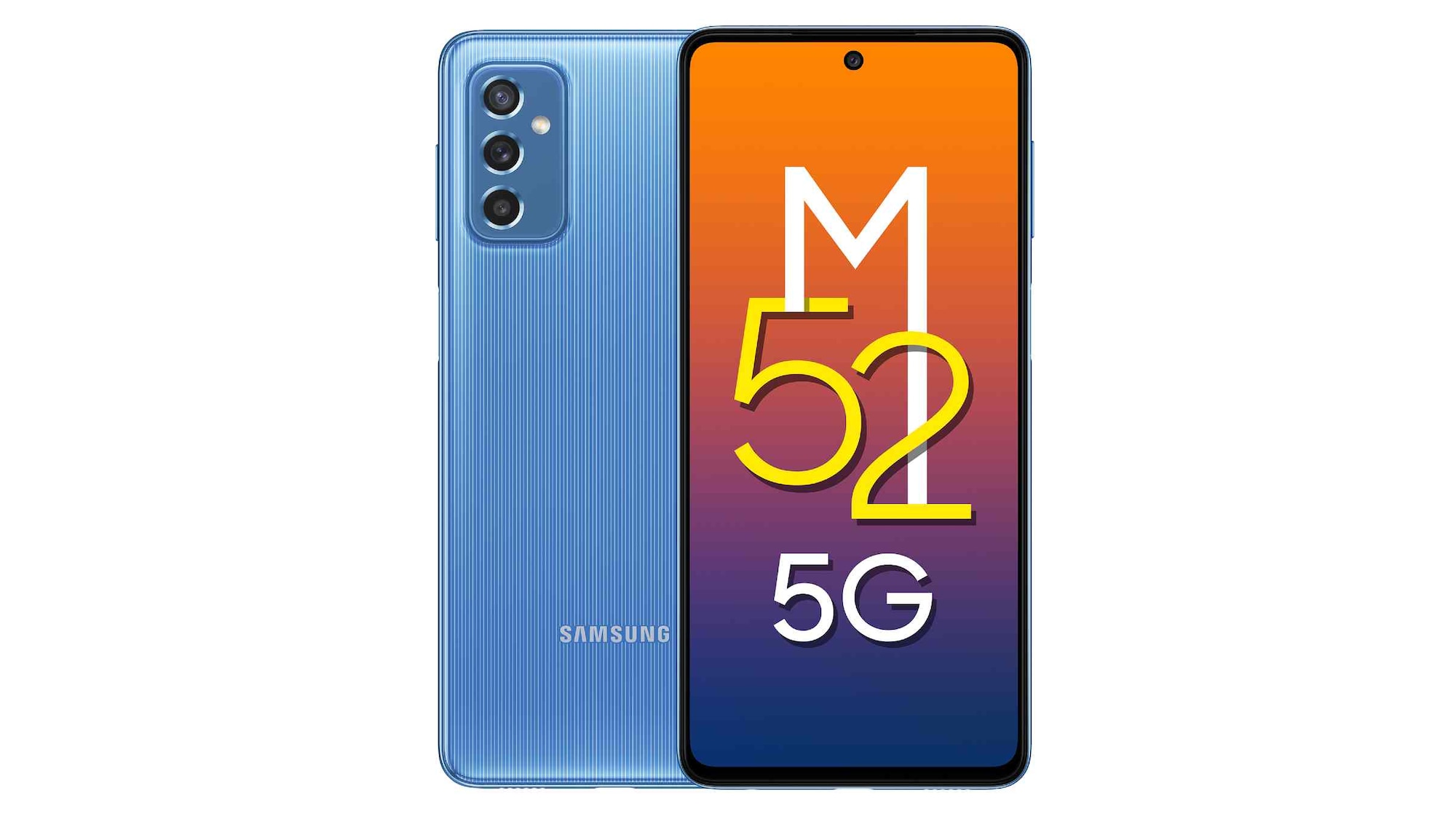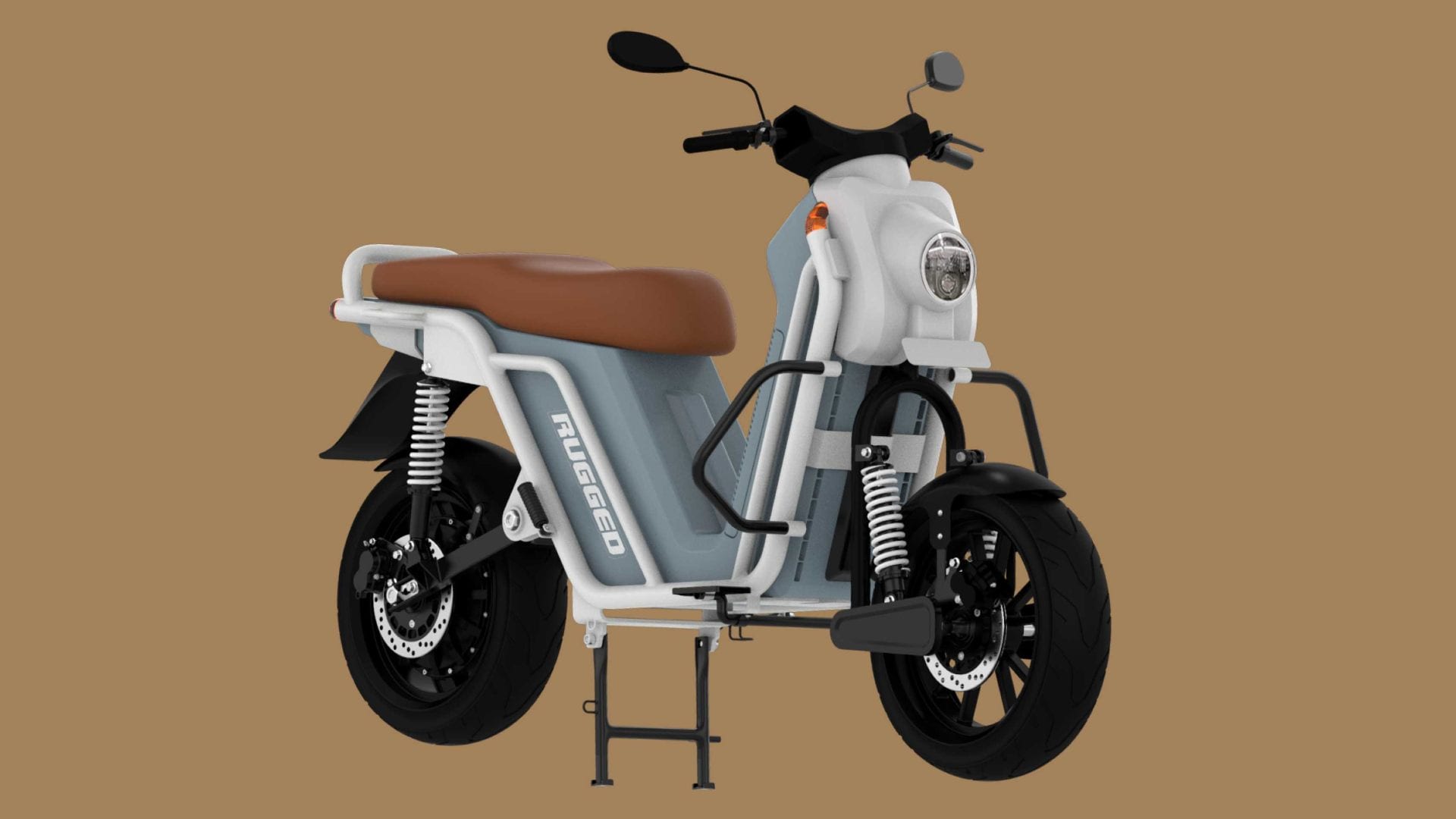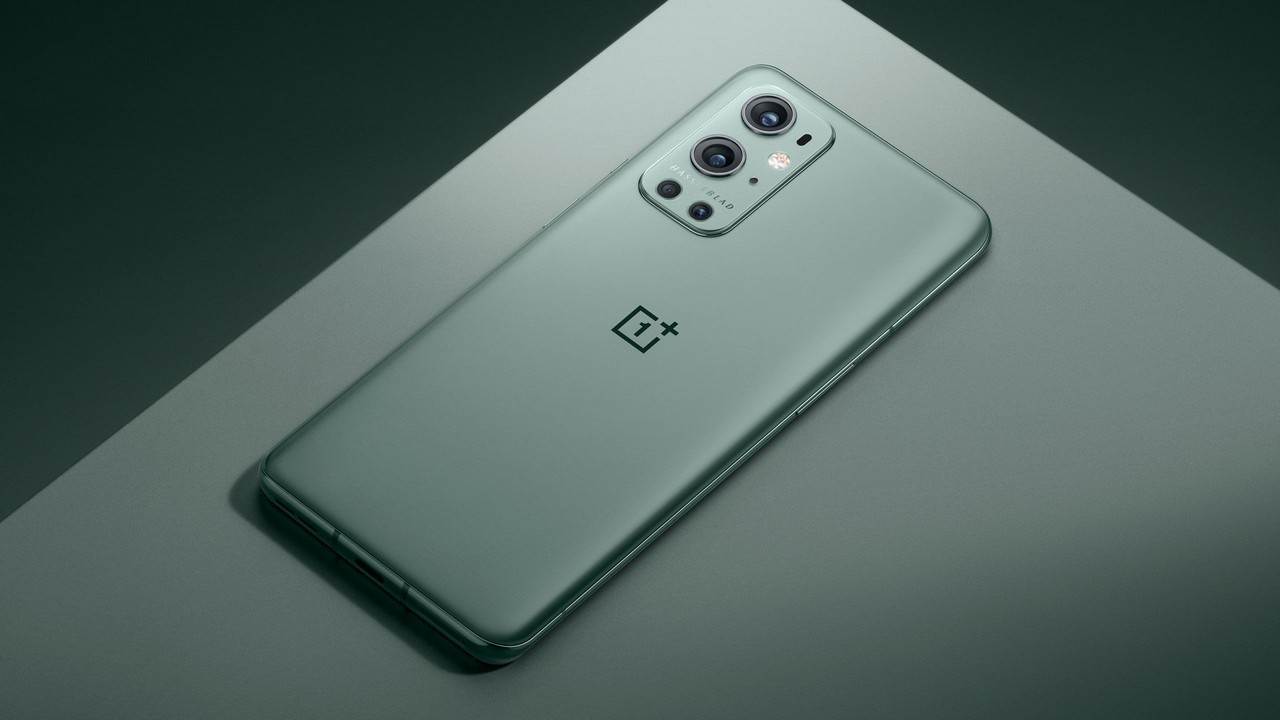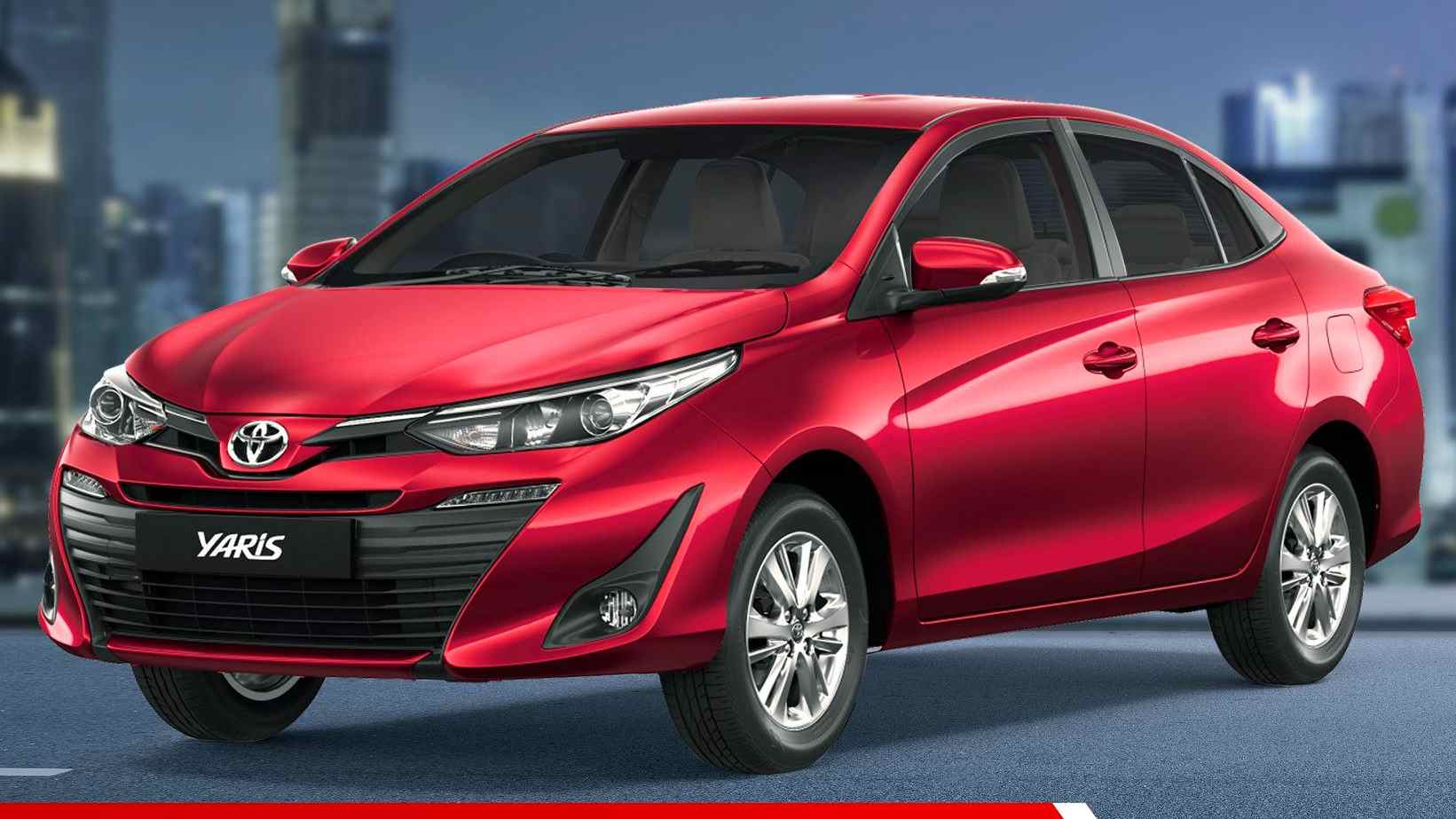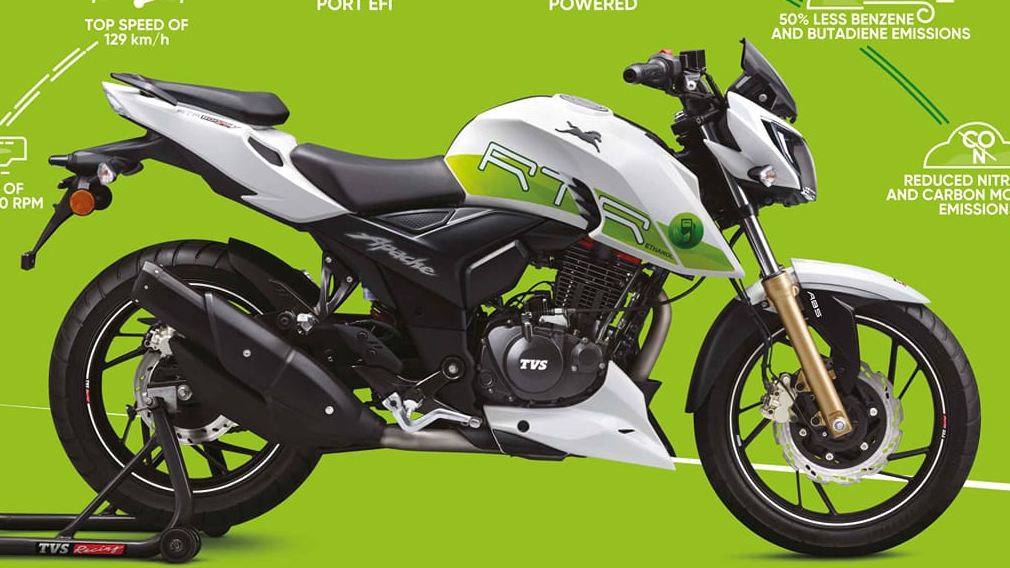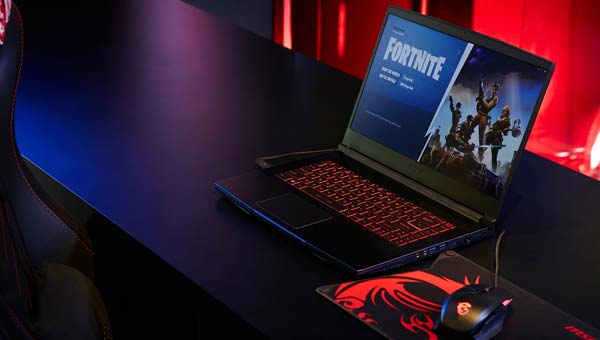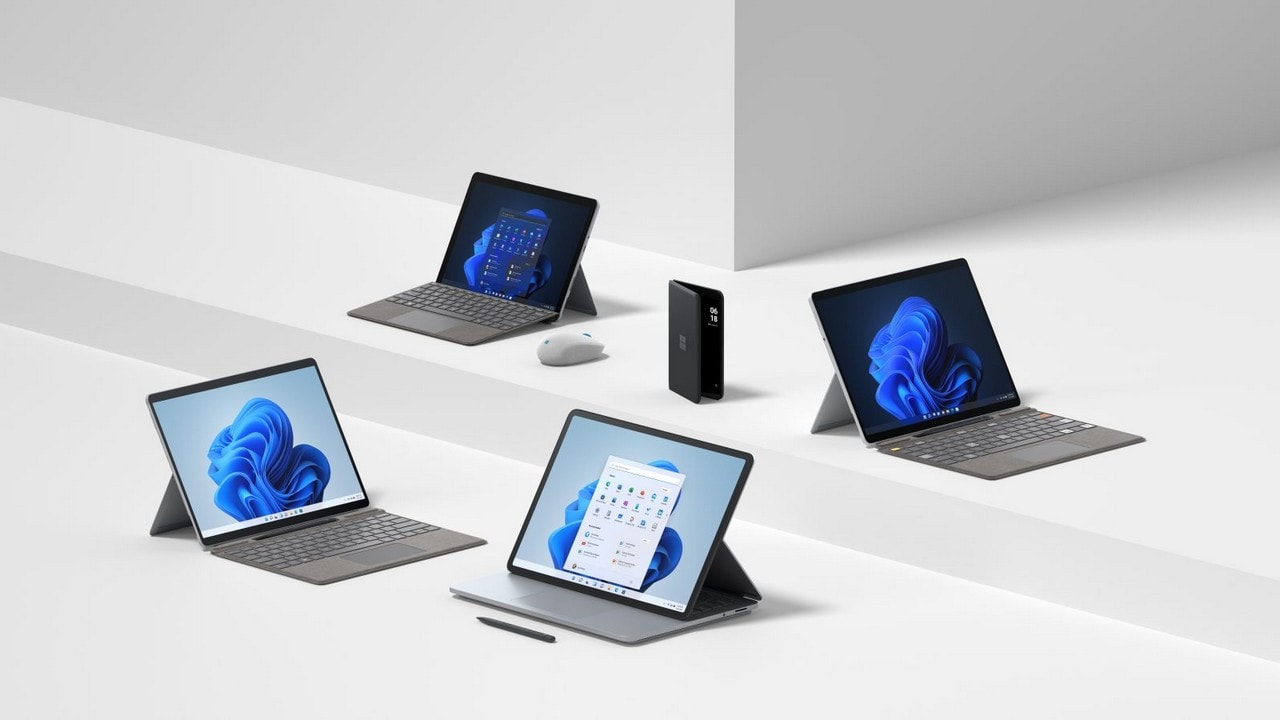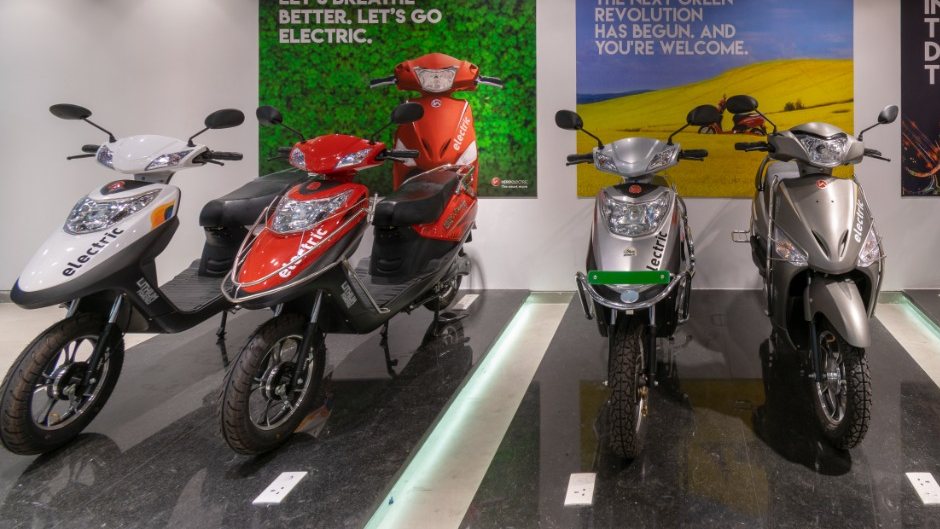Ameya DalviSep 24, 2021 14:15:27 IST
Overall Rating: 3/5
Price: Rs 22,999
We have been fond of the OATH Pro series of TVs from Thomson. It happens to be Thomson’s flagship series with features such as 4K resolution, Dolby Vision and more. Then it has the PATH series, primarily targeted at budget-conscious buyers. Not too long ago, the company released a 42-inch smart TV model in the PATH series with a price tag close to that of 40-inch TVs from competing brands. Can this set Thomson on a path of glory? Let’s find out.
Thomson 42PATH2121 Smart TV – Design and connectivity: 7/10
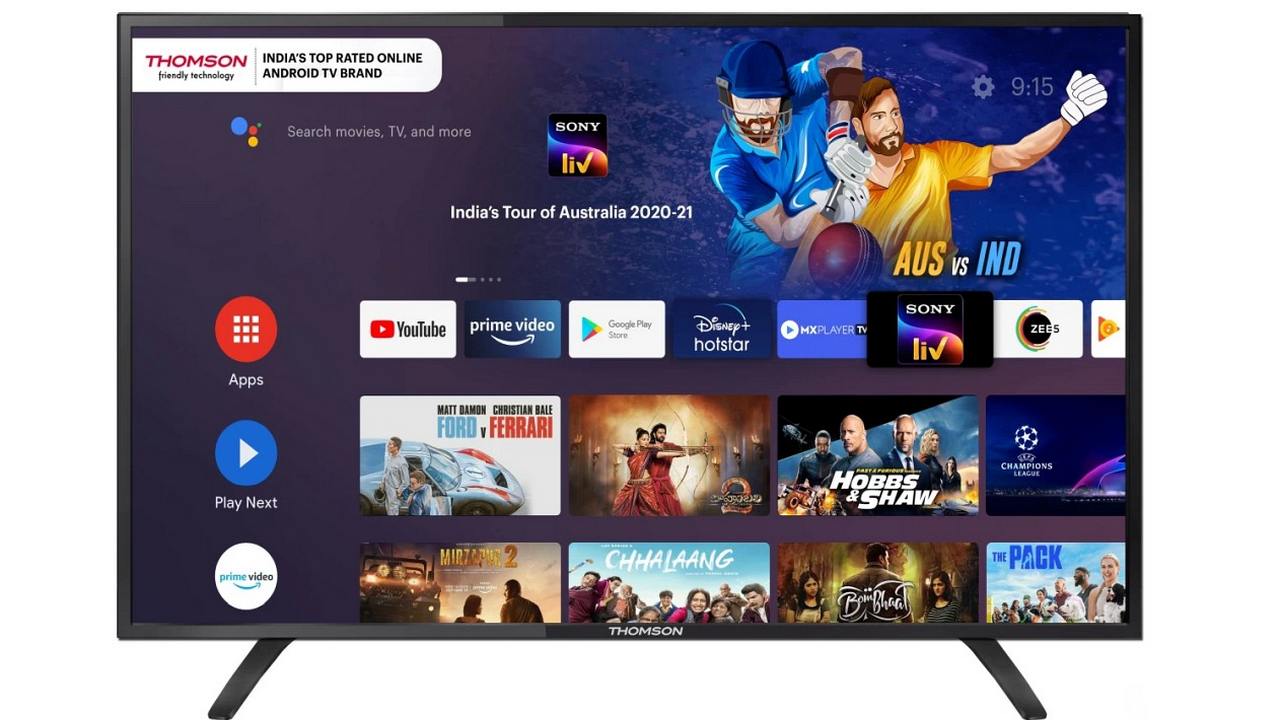
Thomson 42PATH2121 Smart TV
Unlike the OATH Pro series, this Thomson TV sports a dated design with conspicuous plastic bezels around the screen, though they’re not too thick. The build quality doesn’t feel premium, but then, this is meant to be a budget TV, and not many may complain about it. A power LED is located at the bottom left of the screen. The TV can be wall-mounted or placed on a desk using the bundled plastic stands and screws. The stands are on the thicker side and do a good job of holding the TV firmly in place.

Two USB ports and two sets of analogue A/V inputs can be found on the left side of the TV, while three HDMI inputs are located along the bottom end, facing downwards. Image: Tech2/Ameya Dalvi
Two USB ports and two sets of analogue A/V inputs can be found on the left side of the TV, while three HDMI inputs (one of which supports ARC), an optical audio out, coaxial audio out, headphone jack and a LAN port are located along the bottom end, facing downwards. Connecting devices to the HDMI ports can be a bit of an exercise if you place the TV on a desk. But given the TV’s modest size, the side ports are not too difficult to reach. A voice enabled wireless remote control and a pair of AAA batteries to power it are present in the bundle.
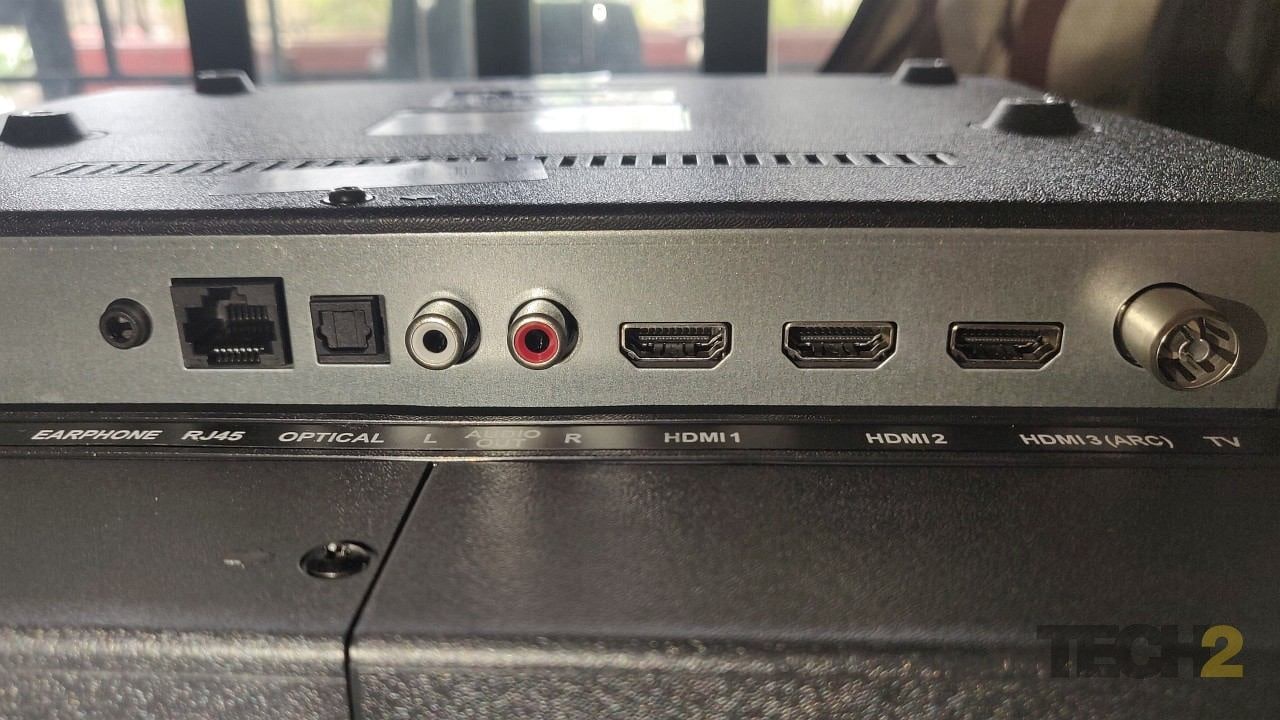
Connecting devices to the HDMI ports can be a bit of an exercise if you place the TV on a desk. Image: Tech2/Ameya Dalvi
Thomson 42PATH2121 Smart TV – Features and specifications: 7/10
This TV has a 42-inch panel with a Full HD resolution of 1920 x 1080 pixels and a 60 Hz refresh rate. While the spec-sheet mentions an IPS panel, I have my doubts given the poor viewing angles on this TV; more on that a little later. The panel has a rated brightness of 500 nits and there is no mention of support for any HDR formats, which is fine. None of the budget Full HD TVs are adept at handling HDR content anyway.
On the specifications front, this TV is powered by an Amlogic chip with four ARM Cortex A53 cores clocked at up to 1400 MHz and Mali-450 MP GPU. You get 1 GB RAM and 8 GB of internal storage, a chunk of which is taken up by the Android TV 9.0 OS. Sound output is rated at 30 Watts RMS. Wireless connectivity options include Bluetooth (version not specified) and surprise surprise, dual-band Wi-Fi with support for 2.4 GHz and 5 GHz networks. Not many budget TVs can boast of 5 GHz Wi-Fi compliance. Like all certified Android TVs, it has Chromecast built-in and lets you cast content onto the screen from compatible apps on your phone or tablet.
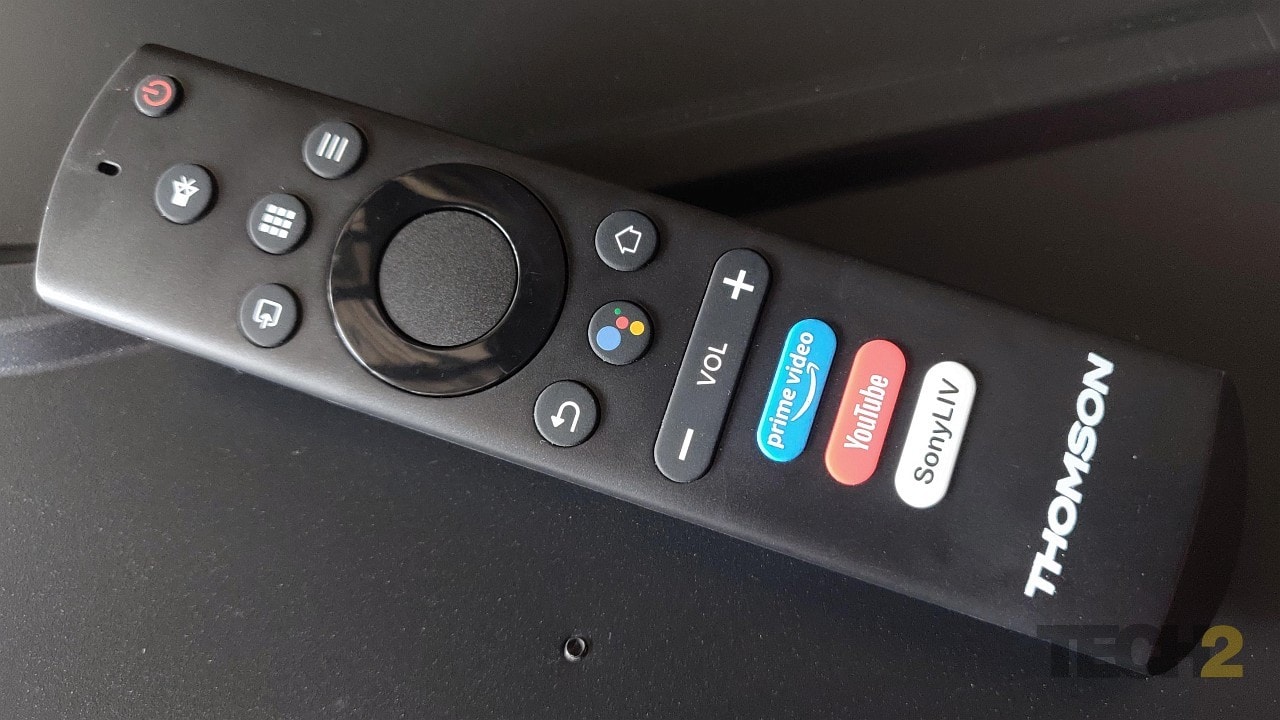
The remote has hotkeys for Prime Video, YouTube and Sony LIV along with home and back keys, input selection, volume control, mute button, settings and a D-pad. Image: Tech2/Ameya Dalvi
Thomson bundles a different remote with this TV that I haven’t seen before with its other models. The design is clearly inspired by the Amazon Fire TV Stick remote, but with a few extra keys. The build quality is generally decent, but I cannot say the same for the D-pad, which feels flimsy. The remote operates over Bluetooth once paired and is voice-enabled. You can bring up the Google Assistant by pressing the corresponding key and issue voice commands. The remote has hotkeys for Prime Video, YouTube and Sony LIV along with home and back keys, input selection, volume control, mute button, settings and a D-pad.
Thomson 42PATH2121 Smart TV – User interface: 6/10
The Thomson 42PATH2121 runs Android TV 9.0 OS and has a stock user interface without any third-party launcher. It is easy to use with the usual row of frequently used apps, the shortcuts for which you can add, remove or shuffle around. Other rows display last played or suggested content from various online streaming services. The TV comes preloaded with Google Play Store and gives you access to thousands of popular apps. The Prime Video app comes preinstalled, but there is no support for Netflix on this TV. Probably, the company feels that the target audience for this TV may not be interested in Netflix.
While most of the UI elements are standard, options for Picture and Sound adjustments are missing. While on the Android home screen or when viewing content through any OTT service, you simply cannot adjust the picture or sound (other than volume). Pressing the Menu button does absolutely nothing. However, pressing the same button grants you access to basic Picture and Sound adjustments when using an HDMI input.
When not using an HDMI source, if you wish to access parameters like brightness, contrast, sharpness etc., you need to get off the home screen or the OTT platform and choose an HDMI input; even an inactive one is fine. There, you can bring up the picture settings, make the necessary adjustments and get back to what you were watching. If the picture is still not satisfactory, repeat the process. The same goes for audio settings. Wonder which UX genius thought of this twisted method!
Thomson 42PATH2121 Smart TV – Picture quality: 6/10
The picture quality of this Thomson TV is average at best, and nowhere close to the OATH or OATH Pro series. I know this is a more affordable model with Full HD resolution and not 4K, but still, I did not expect the difference in quality to be this great. The panel is bright, and colour reproduction is reasonably good, though a tad saturated. The contrast is below par, and despite multiple adjustments, I could not find the sweet spot to get the right balance. The picture would either look too bright or lose details in dark areas.
There’s also a significant amount of flickering in high-contrast scenes. Skin tones have a slight yellow tinge, and they look a touch flat even when viewing high-res content. While scenes with little to no motion look good on this screen, there was noticeable motion blur in scenes with significant movement. Picture adjustments aren’t just difficult to get to, but you only have basic options here, and not enough to eliminate the above shortcomings.
If you can look past these issues, Full HD content looks decent on this screen, especially the colours, and 720p content quality is acceptable, too. While this TV isn’t equipped to bring the best out of the high-quality content on Prime Video or Disney + Hotstar, it is better suited for watching DTH content or connecting your older devices (like a DVD player) as you have ample analogue inputs on this TV.
While apps for most popular OTT platforms are available on this TV, there is no support for Netflix at all. Neither can you download the app, nor can you cast the content to this TV from the Netflix app on the phone. Another drawback of this TV is its viewing angles. If it indeed has an IPS panel as stated on its product page, the viewing angles are shockingly poor. There is a noticeable colour shift when viewing from even 45 degrees.
Thomson 42PATH2121 Smart TV – Audio quality: 4/10
This TV has a pair of stereo speakers that claim to deliver a total output of 30 Watts RMS. The speakers are reasonably loud at 40 percent volume, but the sound is completely flat, devoid of any bass. Dialogues can be heard with reasonable clarity, but the overall audio feels lifeless. The audio quality is acceptable for watching news, sports or some basic soap operas at best. Music and action movies sound completely lacklustre on the speakers.
There are a handful of sound pre-sets and a five-band equaliser to tweak the sound, but even they don’t help improve the sound much. I would highly recommend plugging in a soundbar or some other external speaker system if you choose to go with this TV. Given the presence of multiple audio-out ports here, you can choose from a wide variety of options.
Thomson 42PATH2121 Smart TV – Overall performance: 6/10
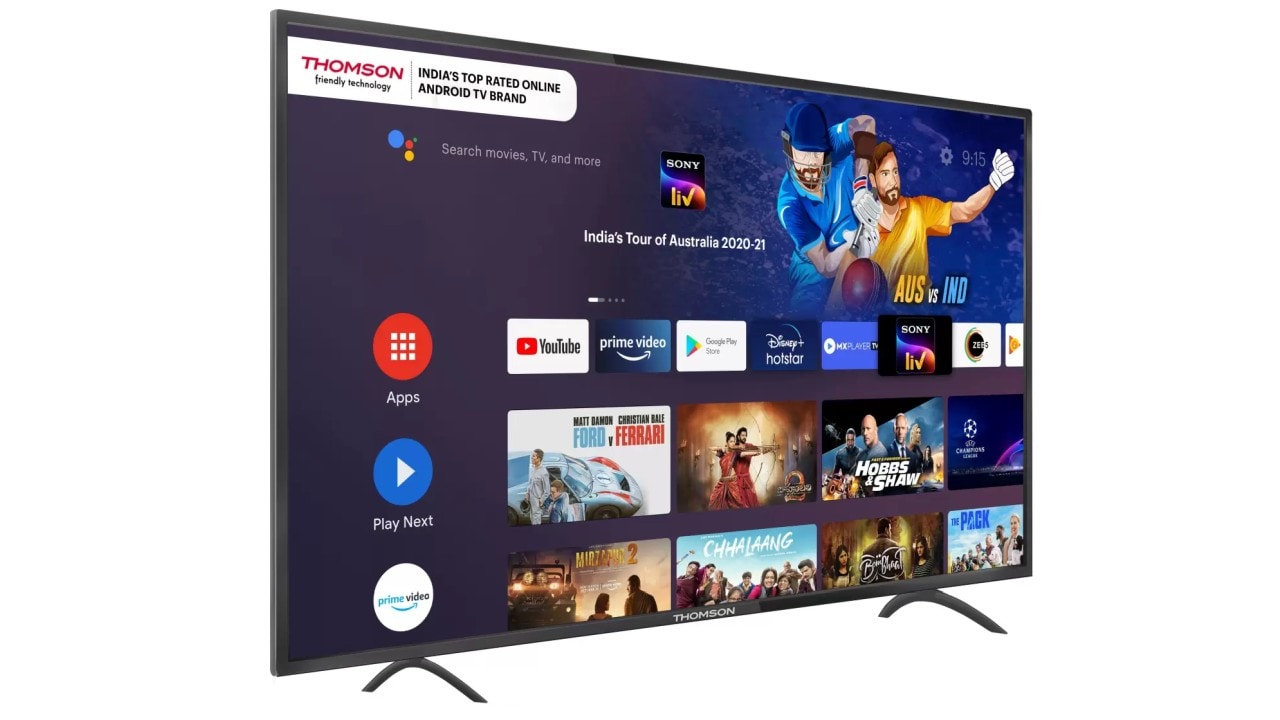
The Thomson 42PATH2121 Smart TV can be purchased on Flipkart for Rs 22,999 with a one-year warranty.
The TV takes about 40 seconds to boot up when you switch it on from the mains, which is acceptable for an Android TV. Post that, if you switch it off and on from the remote, the TV comes back on in just a couple of seconds from standby mode. But wait, that doesn’t happen by default! For some reason, the TV is programmed to shut down if you hit the power button on the remote, and not go into standby mode. You need to enable that from the settings. And guess where that option is hidden? Not in the standard Android TV settings on the Home screen, but again, in the settings menu in HDMI mode.
The preinstalled media player is decent and managed to play almost all videos with various codecs I threw at it, including 4K videos (scaled to 1080p), which is a plus. However, it doesn’t let you use the D-pad to navigate through the video. You always have an option of installing a better player such as VLC from the Google Play Store. Again, there is no access to picture and sound settings in USB mode. Voice commands generally work well, but the voice assistant’s response is slightly on the slower side.
Thomson 42PATH2121 Smart TV – Price and verdict
The Thomson 42PATH2121 Smart TV can be purchased on Flipkart for Rs 22,999 with a one-year warranty. Despite its affordable price tag, it is hard to recommend given its average picture quality, poor sound output, lack of Netflix support and far too many quirks. If you are looking for an Android TV with older/analogue audio and video ports, this TV gives you that option to use some of your older gadgets with it, and is worth considering.
If that is not the use case, and even if budget is a constraint, you would be better served by a 40-inch Android TV with superior performance like the Hisense 40A56E or the Xiaomi Mi TV 4A. I would happily sacrifice two extra inches of screen space for better picture, sound and Netflix.
